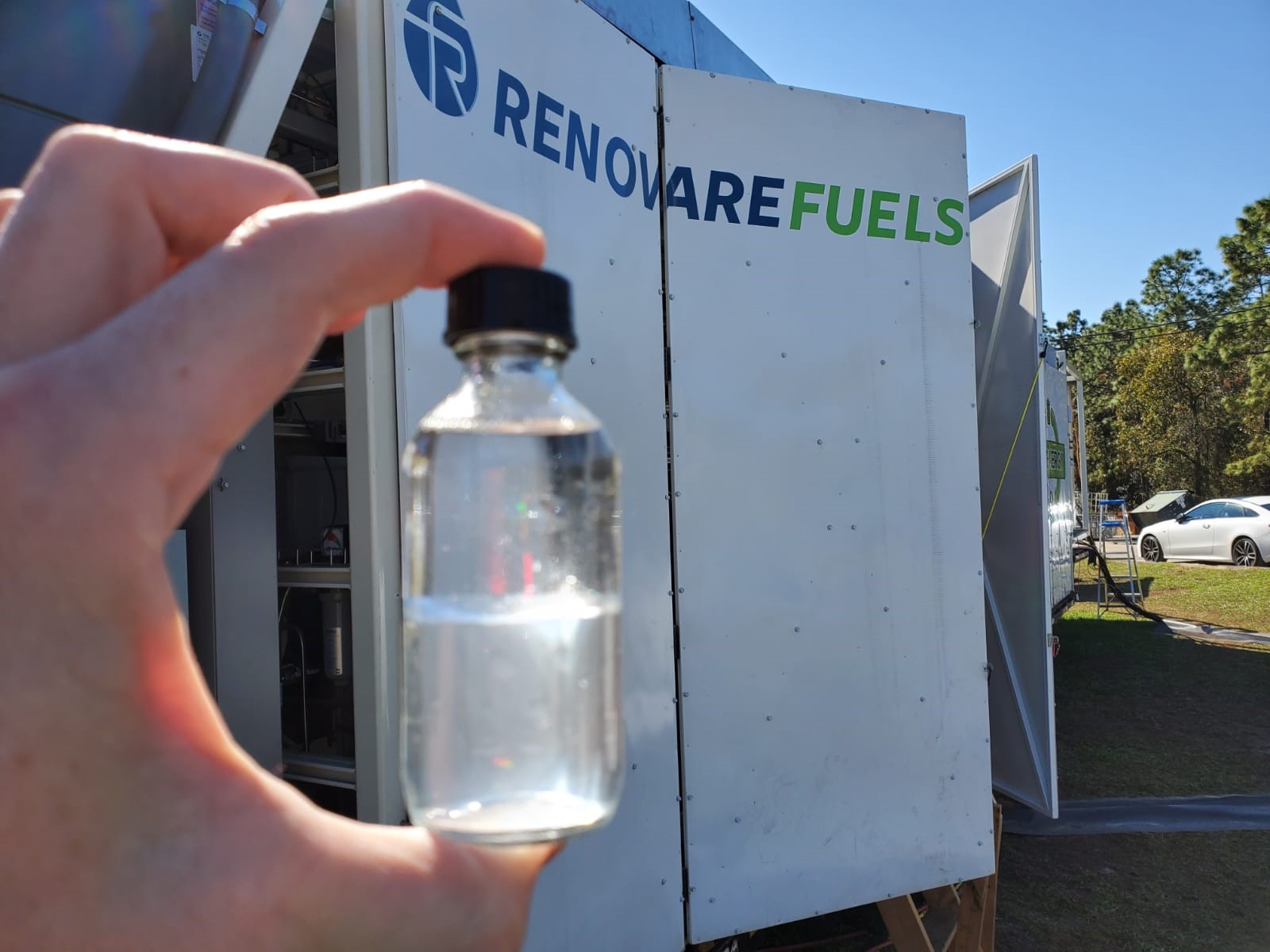The unforeseeable global emergence of COVID-19 has reshaped much of society as we know it. As countries around the world responded to the pandemic, we saw a significant decline in carbon emissions globally — so much so that the International Energy Agency (IEA) anticipates an eight per cent drop in annual emissions in 2020. As the UK’s lockdown eases, many leaders are calling for a green economic recovery that maintains lower emissions. Here, biogas to liquid fuel technology expert Matthew Stone, Renovare Fuels Chairman, explores the technologies underpinning a green recovery.
At the peak of lockdown measures in March 2020, many countries observed a decline in emissions of almost one-quarter on 2019 levels. The UK was among the leaders during this drop, with a fall of almost one-third (31 per cent) in March. However, as lockdown measures have eased globally, the emissions have steadily climbed. In April 2020, they were still 17 per cent lower than in 2019, but only five per cent lower by June.
It was inevitable that as industries picked up, businesses reopened and people began commuting once more, emissions would increase. To realise similar reductions in emissions post-lockdown, there needs to be faster adoption of clean technologies and energies.
A green recovery should accelerate investment in the rollout of low carbon technologies, their supporting infrastructure and greener energy sources. In the immediate aftermath of COVID, a green recovery should also see a focus on net-zero carbon or carbon-negative technologies, which provide a more immediate relief from emissions. Two technologies central to this are carbon capture and storage (CCS) and Energy from Waste (EfW).
CCS
The transition to entirely low carbon and green energy sources will take years, but CCS technologies can prevent the release of carbon emissions during this period. CCS involves CO2 being captured, either before or after the combustion process, and then compressed into a liquid form that is used to refill depleted oil and gas reservoirs. It can also be used in other processes, such as steam energy production or to strengthen concrete.
CCS technologies allow for the decarbonisation of conventional energy production, which can reduce the net emissions of traditional energy supplies. The main infrastructure investment required is the laying of pipes for the liquid carbon dioxide to pass through. Beyond that, it offers a viable option to reduce emissions from industrial processes, which is why the UK’s Committee on Climate Change (CCC) included it as a focus area in its recent annual parliamentary report.
EfW
There are numerous technologies that strive to turn waste into an energy source, mostly to produce electricity or heat. These technologies typically aim to offset the use of traditional fossil fuels and energy sources by recovering energy from biodegradable waste.
However, one of the most interesting areas of development is in the use of biomass as a liquid fuel for vehicles. This can help to curb the environmental impact of transport, which is among the biggest contributors to overall carbon emissions — and one of the sources that was cut the most during the COVID response.
At Renovare Fuels, we’ve been extensively researching this exact area of EfW technology, using anaerobic digestion to turn biogas into a drop-in fuel replacement. We’ve been running a successful demo for seven months in the USA and have had several independent fuel tests to validate the effectiveness and maturity of the technology. The evidence shows that the technology is ready for use to reduce the carbon footprint of transport.
Renovare’s process has a saving in CO2 emission rates, per litre of fuel produced, of 50 times when compared to conventional diesel, meaning it can displace 98 per cent of CO2 versus fossil fuels. With plans underway for annual production of 250m litres by 2030, this has the potential to make a significant contribution towards the UK’s ambitious CO2 emission targets.
As calls for a green recovery plan continue, we must consider balancing long-term green technology infrastructure investment with the quick-win technologies available today. Avoiding a significant increase in global emissions as lockdown eases relies upon the use of these mature, cleaner technologies.


